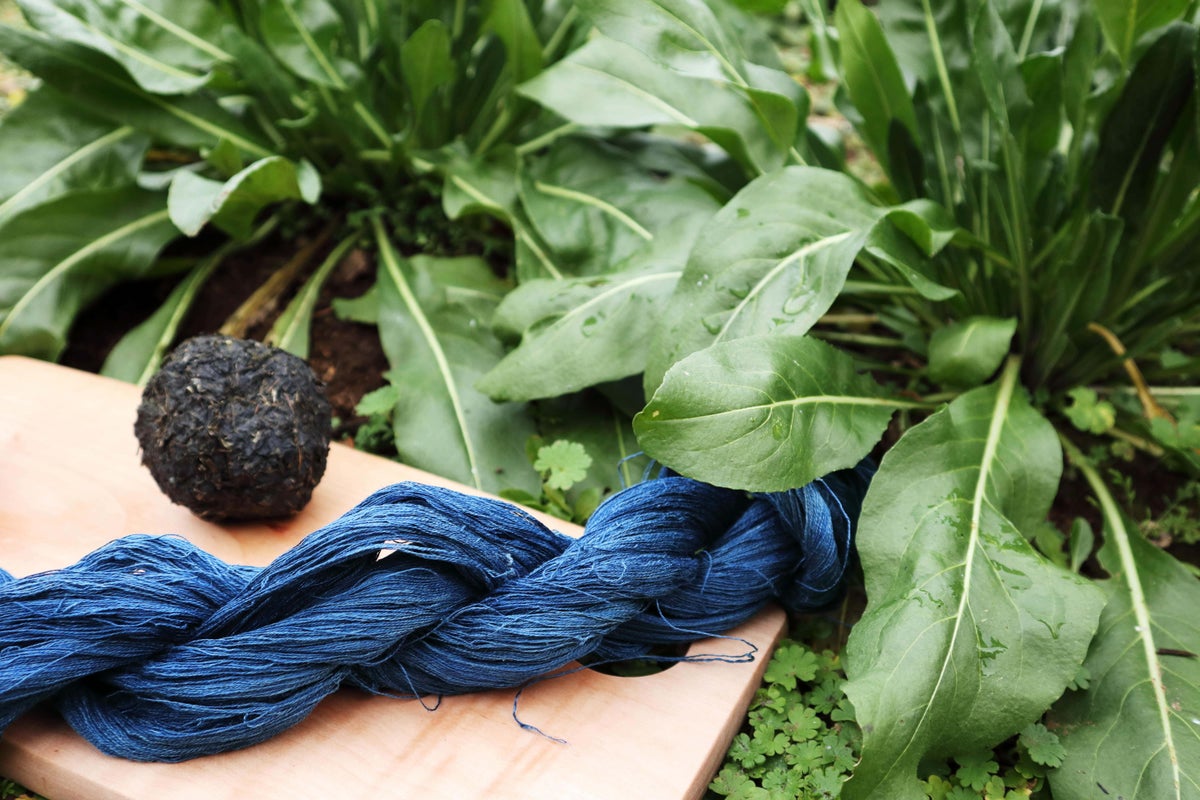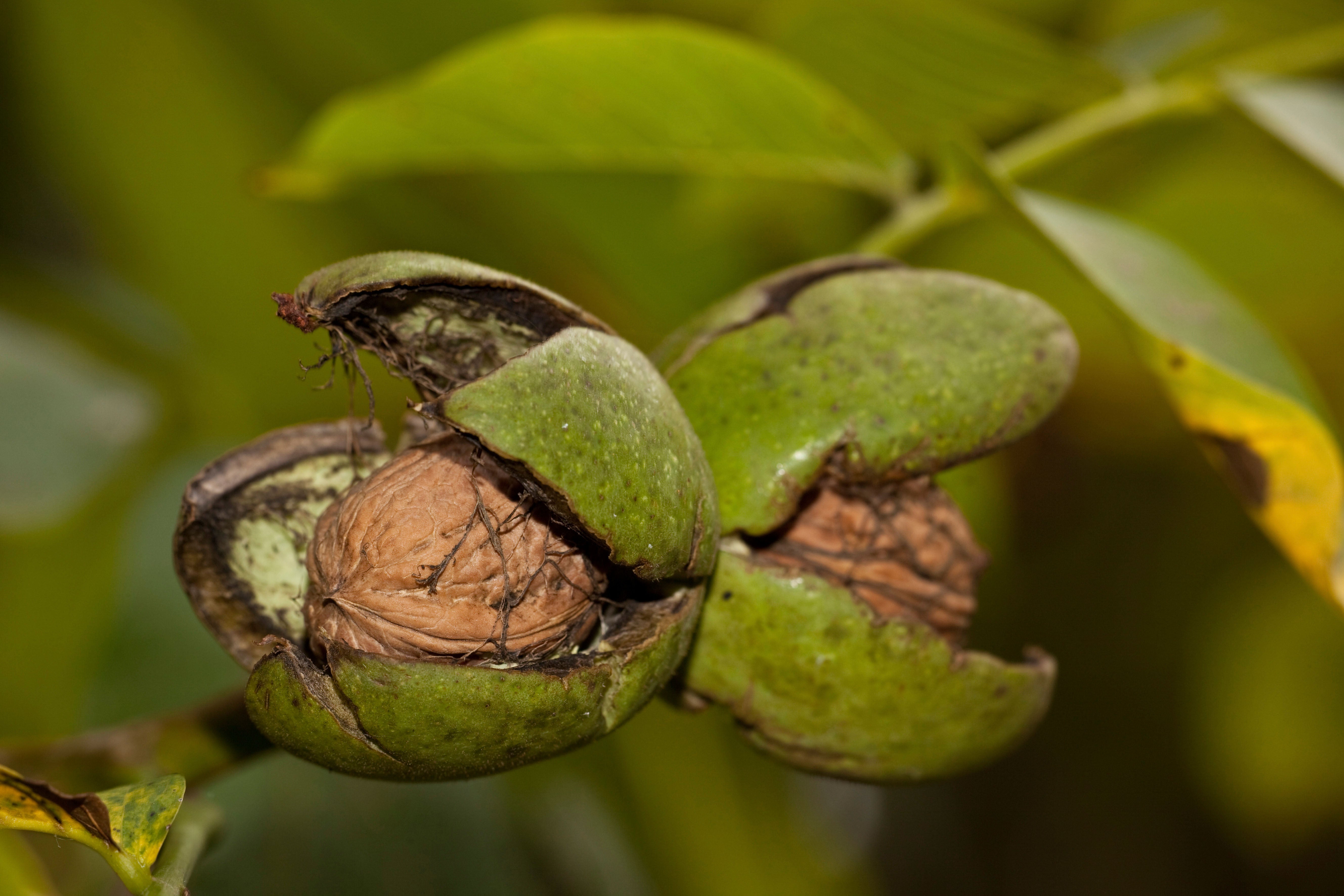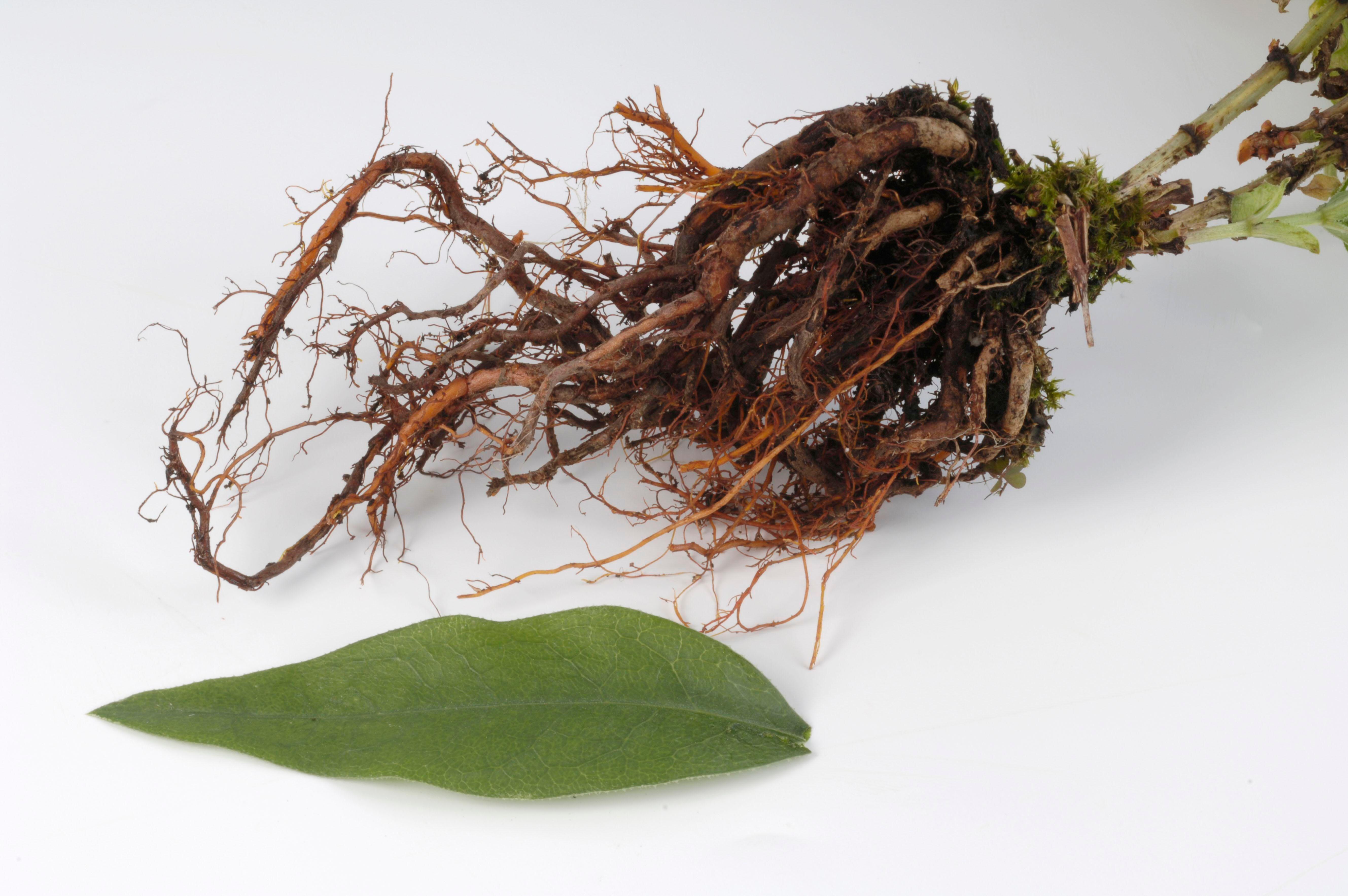
The rich colours of plants go much further than the garden – if you grow them for dyeing.
The way plants and fungi are inspiring a new wave of sustainable design is at the heart of Material World, Kew’s first-ever fashion and textile-focused festival this autumn, in which artists, designers and horticulturists join forces to champion a greener future for fashion.
“Plants are not just an accessory for dyeing. For most of human history, they were its foundation, creating not just colour but cultural meaning, economic power and material identity,” says Carry Somers, co-founder of League of Artisans and author of The Nature of Fashion (out Sep 16).
“All you really need to begin are simple tools: stainless steel pots, a good heat source, and a little patience,” says Kate Turnbull, founder of natural dye house The Secret Dyery and co-creator of Threads Of The Canopy, a large-scale textile dye map of Kew Gardens for Material World.
“My advice is always to forage or grow responsibly, only take what you need, leave plenty for nature, and work with plants that are safe to handle.”
Turnbull offers the following simple guidelines for dyeing textiles.
1. Always use natural fibres such as cotton, linen, wool or silk, as synthetic fabrics won’t absorb dye in the same way.
2. Preparation is key: fabrics must be scoured (thoroughly cleaned) and then mordanted with a dye fixative such as alum. This ensures the dye bonds to the fibre, improves brightness and stops it from running.
3. Dyes are extracted by simmering plant matter in stainless steel pots (kept separate from kitchen pans). Once the fibre is added, it’s gently heated until the desired shade is reached.
4. You can even shift colours by adjusting the pH value – a splash of lemon juice will bring warmer tones, while washing soda can push them cooler.
5. After dyeing, rinse fabrics gently by hand, and always dry out of direct sunlight to preserve colour. With the right mordanting, your colours will be colourfast and long-lasting.
Ideal plants for dyeing textiles
1. Madder (Rubia tinctorum)
Cultivated for centuries, its roots yield peachy pinks to deep brick reds, thanks to alizarin and purpurin compounds. It needs two to three years to mature, but produces some of the richest reds in the natural dye world.
2. Weld (Reseda luteola)
A European native, rich in luteolin, producing one of the brightest, most lightfast yellows. It grows happily in poor soil and rewards you with colour in its second year.
3. Walnut (Juglans regia)

The discarded green husks from walnut trees contain juglone, a tannin that gives warm browns. Combined with iron, it can produce a near-black.
4. Nettle (Urtica dioica)
A humble and abundant plant, nettles yield soft greenish greys in spring. Always harvest responsibly and take care to identify correctly – never confuse with toxic lookalikes such as hemlock.
5. Woad (Isatis tinctoria)
The famous blue dye is obtained from the leaves of this upright biennial which bears heads of yellow flowers in early summer, which are a magnet for bees, followed by brown seedheads. The seeds can also be simmered to create a dye liquid.
What we can learn from history

Somers notes: “In the early 12th century, Irish families sought to create yellow fabrics using agrimony, bog myrtle, buckthorn, gorse, marsh marigold, meadowsweet, pennywort, wood sorrel, broom, dandelion, sundew, water pepper, yellow wort and others.
“The cloth first had to be bleached before dyeing – a process far from straightforward. Each family had their own secret recipe: fermented bran, buttermilk, lye, wood ash, urine, even sheep and cow dung.
“After boiling the linen in this odoriferous mixture, they laid it out on the grass and prayed for the sun or spread the cloth across frosted grass in the hope it would be whitewashed by moonbeams.”
When King Louis IX of France, followed later by Henry VIII in England, started wearing blue rather than red, it sparked colour wars between woad and madder growers and merchants, as fashion as commerce collided with religion and power.

“While natural fibres and dyes are ingredients in the future of our clothes, they are not the whole answer. Yes, land can grow fibre and colour, but it must also grow food,” Somers continues.
“The key is not to swing from one extreme to the other, from synthetic dyes to natural, but to consider the full spectrum of possibility so the whole system can work in harmony.
“The choices we make today will leave their mark on the world just as indelibly as the colours on a dyer’s cloth.”
Kew’s Material World festival runs from Sep 20-Nov 2







